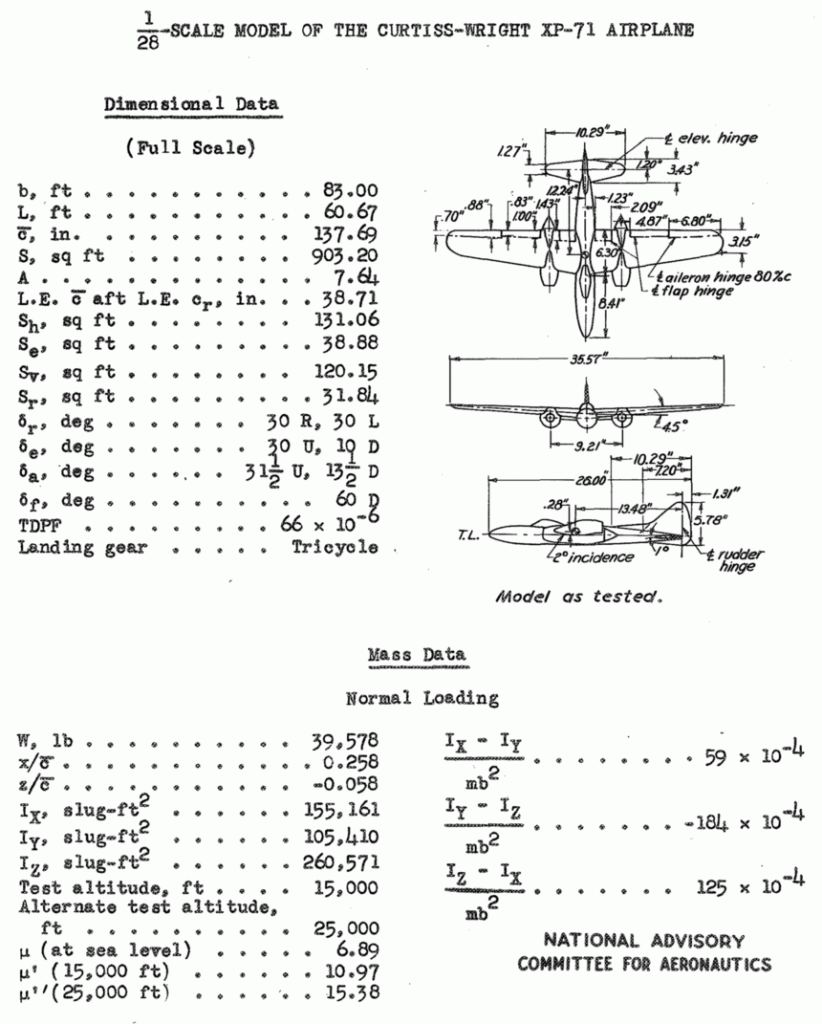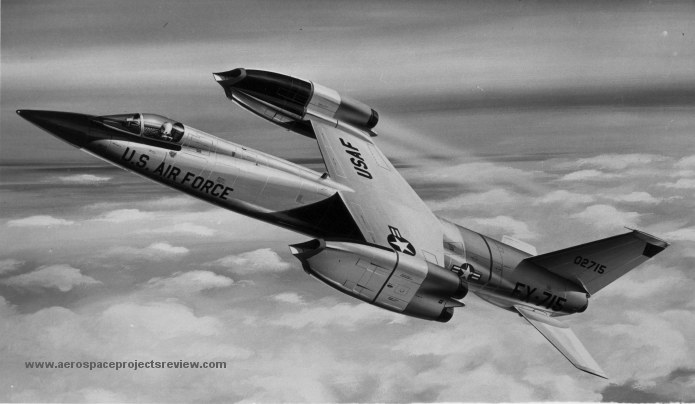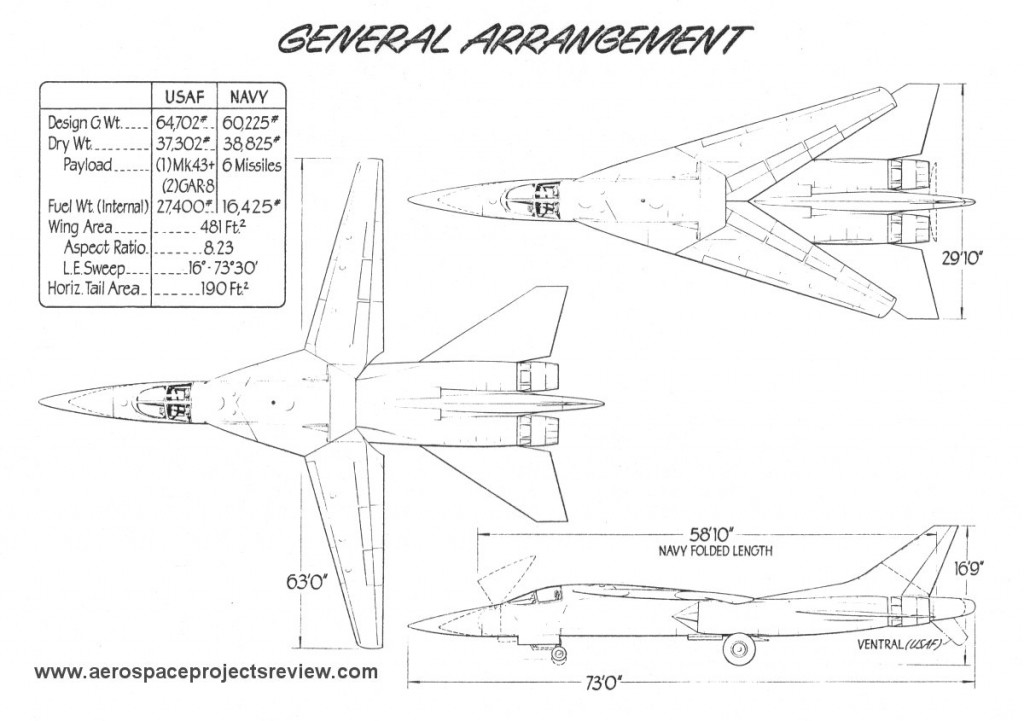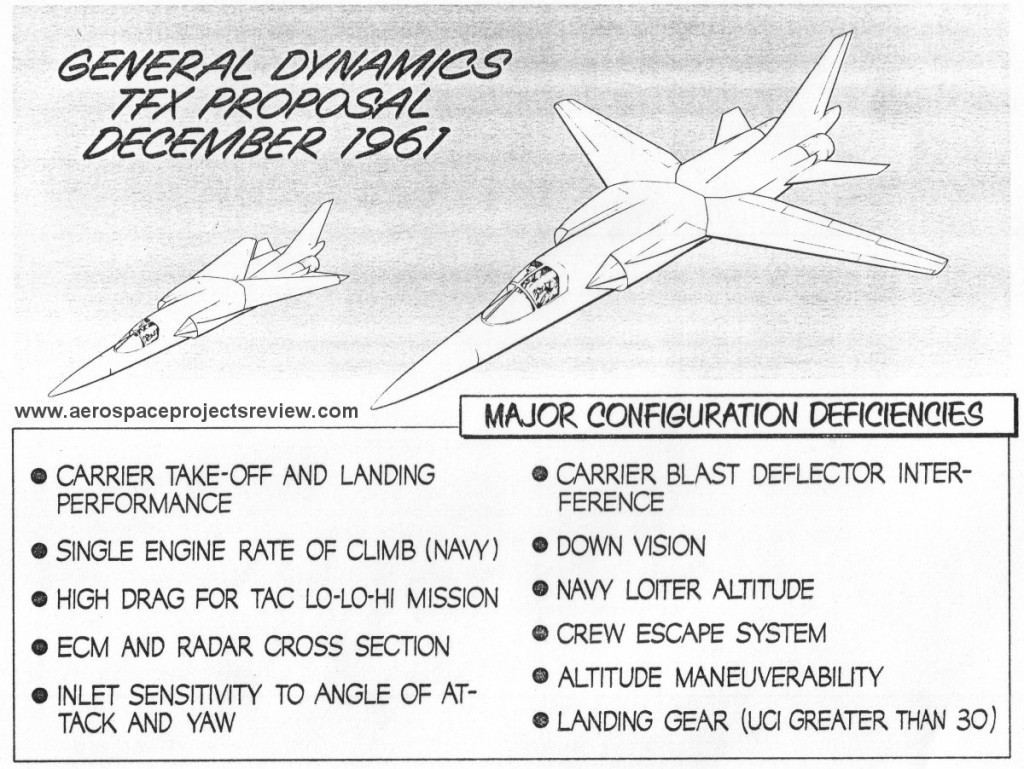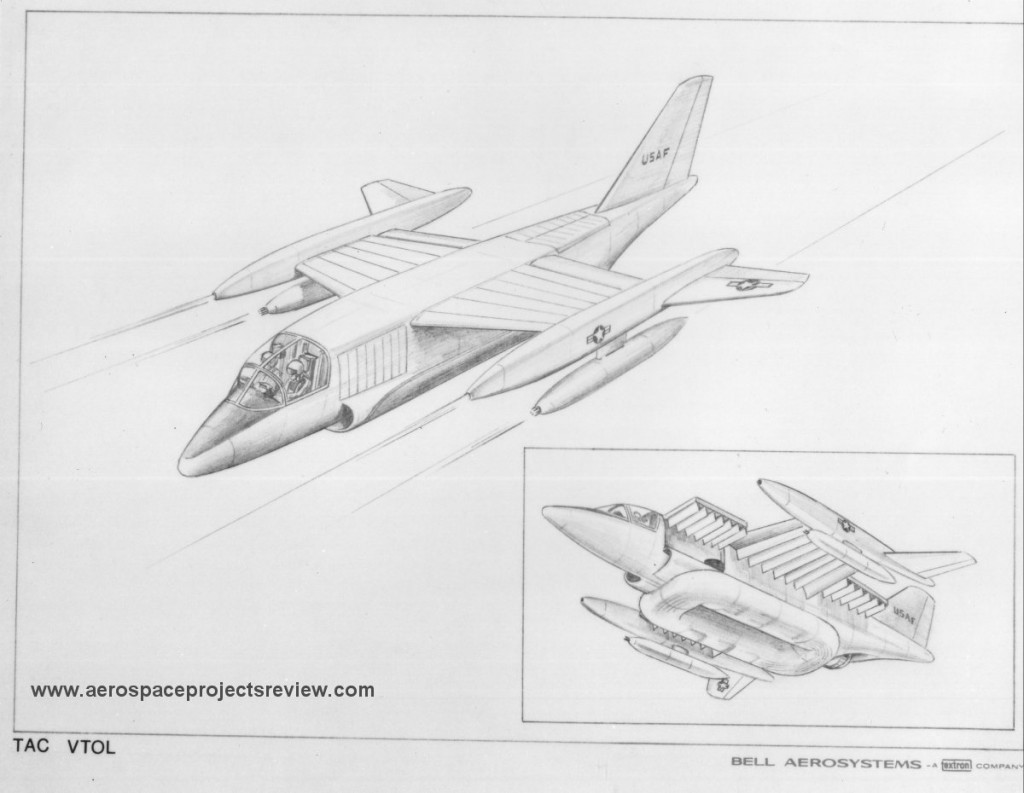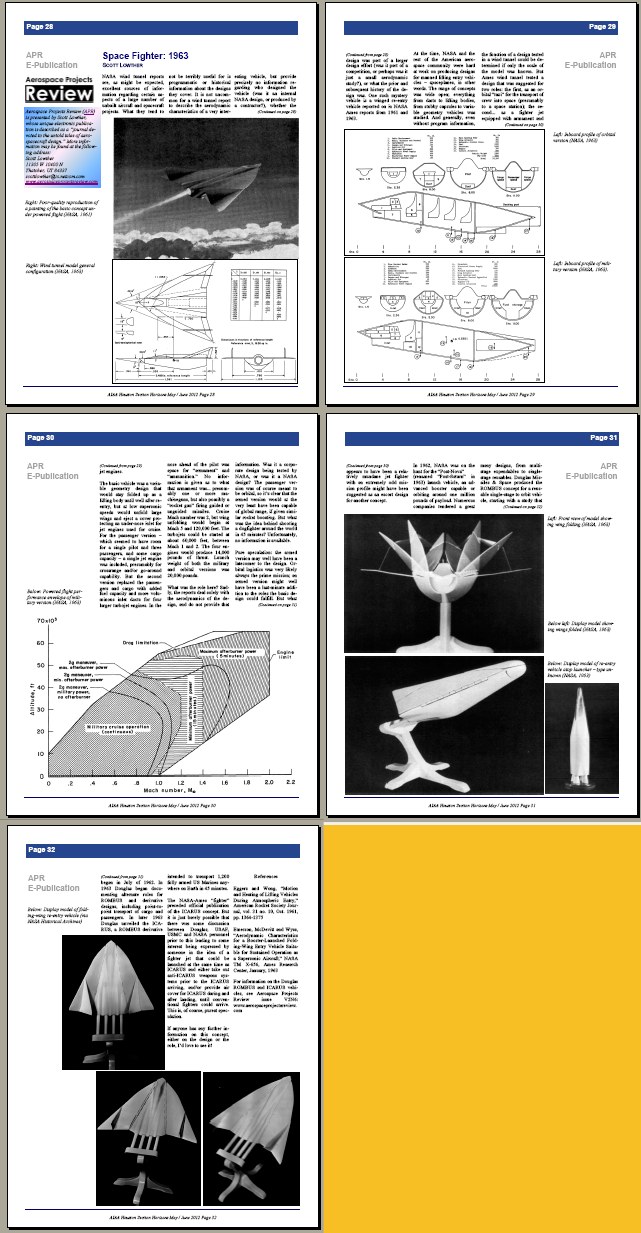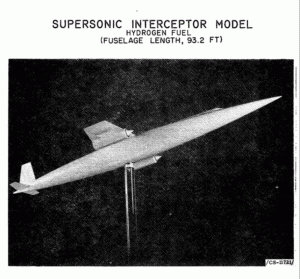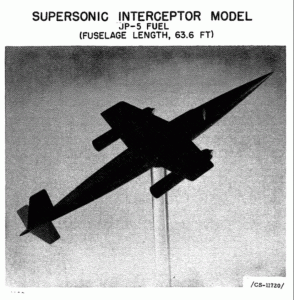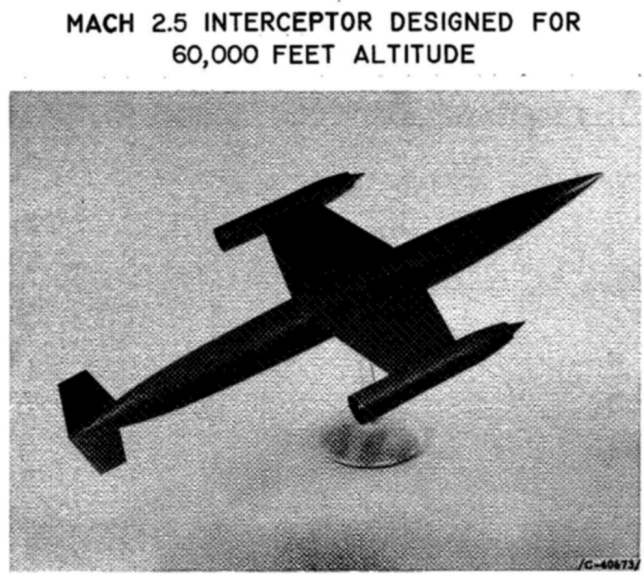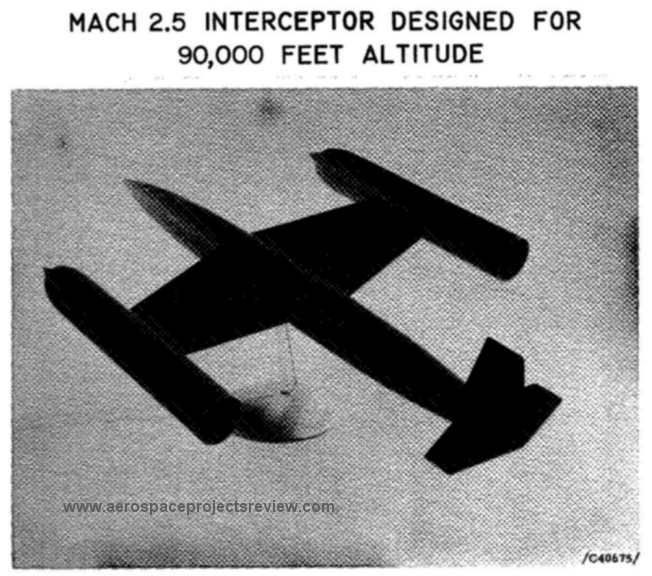The XP-71 was a sizable Curtiss-Wright design from 1941 for a long range escort fighter. Irritatingly little has been publicly revealed about it. This is assuredly not due to the XP-71 being such an incredibly advanced design (although it was incredibly complex), but rather due to it having been a failed concept. Armed with two 37mm and one 75mm cannon, the XP-71 was bigger and substantially more expensive than a medium bomber such as the B-25, and would likely have been less nimble than a smaller fighter. While the armament would have packed a mighty whollop, targeting an Me 109 or a Zero would have been a matter of great luck or incredible skill. The XP-71 effort lasted from 1941 to 1943.
While I’ve recently been clued in on a Curtiss-Wright report with some good drawings of an oddly swept-wing version of the XP-71 (release of further info currently embargoed), very few decent quality drawings seem to have been released. One of the very few “official” three-views is a rather small diagram from a NACA report describing a great many spin-tests. I’ve not yet located the specific test reports dealing with the XP-71.
